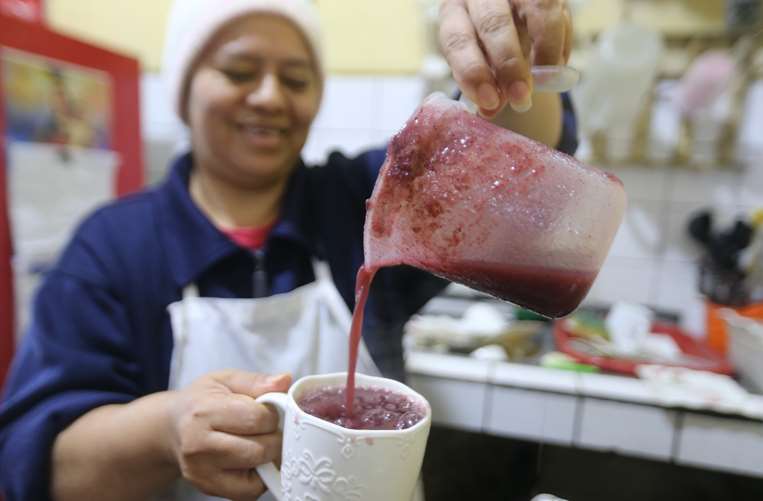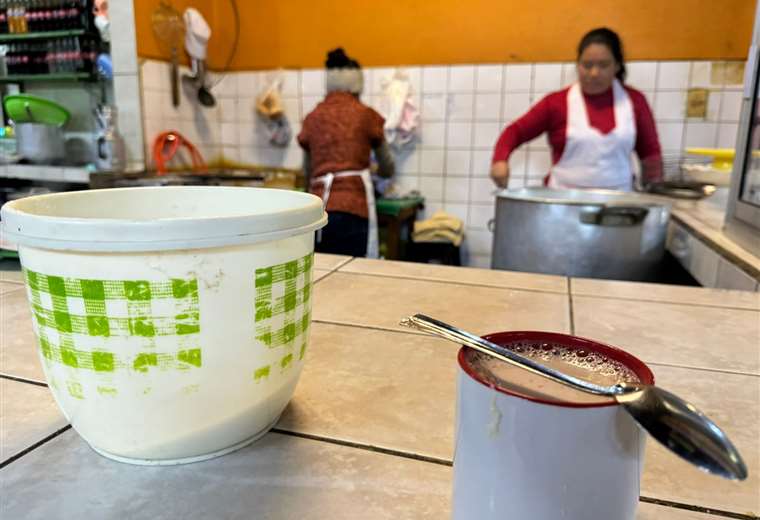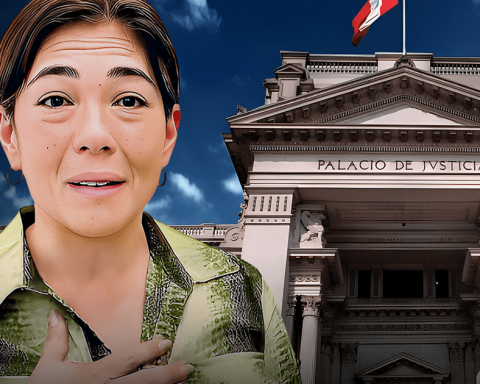May 18, 2024, 7:00 AM
May 18, 2024, 7:00 AM
There are pimps from Bs 5
With the drop in temperatures It has been modified consumption dynamics in the markets of Santa Cruz de la Sierra, winter clothing is now displayed in the hallways and the weather has favored the hot food stalls.
The approach of winter has prompted the markets of the ‘city of rings’ to adapt quickly, offering essential products to combat the cold. The diversity and accessibility of offers allow citizens to find options that fit their needs and budgets, ensuring that everyone can be prepared for the start of the winter season.
With the arrival of winter, the city’s markets offer a varied range of products to help their customers face the low temperatures. EL DEBER carried out a tour to know the situation of the sellers and the demands from clients:
In the ‘old Abasto’, the Mercado 4 de Noviembre and the Mercado Mutualista, merchants have increased their offer of clothes, quilts and hot food, attracting numerous buyers looking to stay warm. In these markets, the aisles are full of winter clothing of various prices and colors.
The traditional ‘chulos’ (wool hats) and scarves, essential for this time, come in various models. At the November 4th Market, the simple pimps cost between Bs 25 and Bs 35the decorated ones between Bs 40 and Bs 50 Bs, and those that include a scarf between Bs 55 and Bs 65. “This last option is the most sought after for children,” commented a seller at the Mercado 4 de Noviembre.
The scarves are sold at affordable prices, from Bs 20 to Bs 45, with a wide variety of models and fabrics. The sets of hats and ‘coelleras’ for adults have prices that vary between BS 100 and Bs160, depending on the design and material. Winter gloves range between Bs 25 and Bs 50.
The prices and supply of products in other markets, such as the ‘old Abasto’ and the Mercado Mutualista, are similar. “The prices are not that high yet,” commented a young woman offering winter clothing. Diver sets for adults range from Bs 85 to more than Bs 100, with models that include a frisa, reaching up to Bs 180. Children’s divers have a price range from Bs 50 to more than Bs 100, until the time of the tour. “Prices depend on the material, frieze pants are more expensive models“explained a Mutualista saleswoman.
The pajamas, mostly made of fleece fabric, are sold between Bs 50 and Bs 100, the price adjusting depending on the model and size. For example, a one-size women’s pajamas costs Bs 50, while an XXL women’s one costs Bs 80. Pajamas for men vary between Bs 50 and Bs 120, also depending on the mentioned characteristics.
High demand for hot food
With the arrival of winter, not only clothes are a coveted good in the markets of the ‘city of rings’. The food and snack stalls offering hot alternatives They have become a meeting point, both for market workers and for customers looking to mitigate the cold with a comforting snack. The ‘caseritas’ move quickly to meet the high demand of their diners, preparing and serving food on the spot.
In the markets, food prices are the same. Cheese empanadas sell for Bs 3, buñuelos vary between Bs 2 and Bs 4, depending on the size. Hot drinks, such as ‘toddy’ with milk, hot chocolate or milk with coffee, cost between Bs 3 and Bs 4. The glass of tojorí or tujuré is also between Bs 3 and Bs 4. The api, one of the most requested drinks on these cold days, is offered between Bs 2 and Bs 3 for a small glass, and between Bs 4 and Bs 6 for a big one.
“There are more people in the morning and afternoon, when they are looking for a snack,” explained a ‘caserita’ from the Mutualista Market. The most popular products are hot drinks and cheese empanadas, which are fried on the spot, to be delivered piping hot. A complete snack of a drink and something edible can be found from Bs 5.
Businesses affected by the cold
The change in temperature has negatively impacted certain businesses, especially those that They sell juices or cold juices and the stalls located on the outskirts of the markets, where customers avoid sitting due to the cold.
In the November 4 Market, a notable difference is observed in the influx of customers between snacks that offer hot options and those that sell products at room temperature or cold. “This week I was buying api every day, I bring it to my stall, I can’t miss it in my afternoon,” shared a clothing seller while she held her glass of api.
For example, The sellers of hot milk or cheese empanadas had their businesses full.. While the juice sellers had two or three customers at the same time.
Businesses located on the outskirts of the markets, such as ice cream makers, street coffee vendors or ‘vende asaditos’, face a critical situation, since they do not receive as many visitors as the stalls inside the market.


















